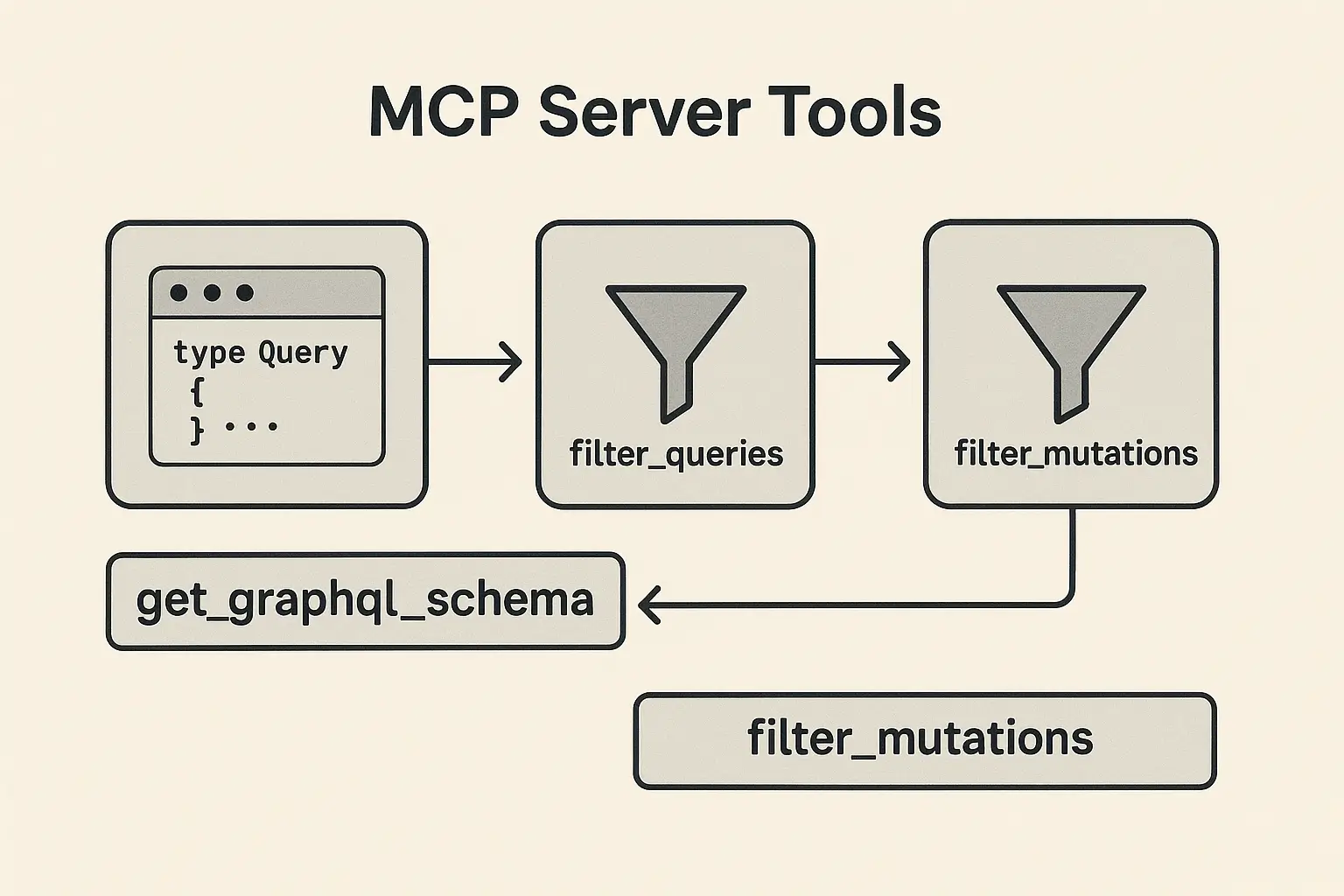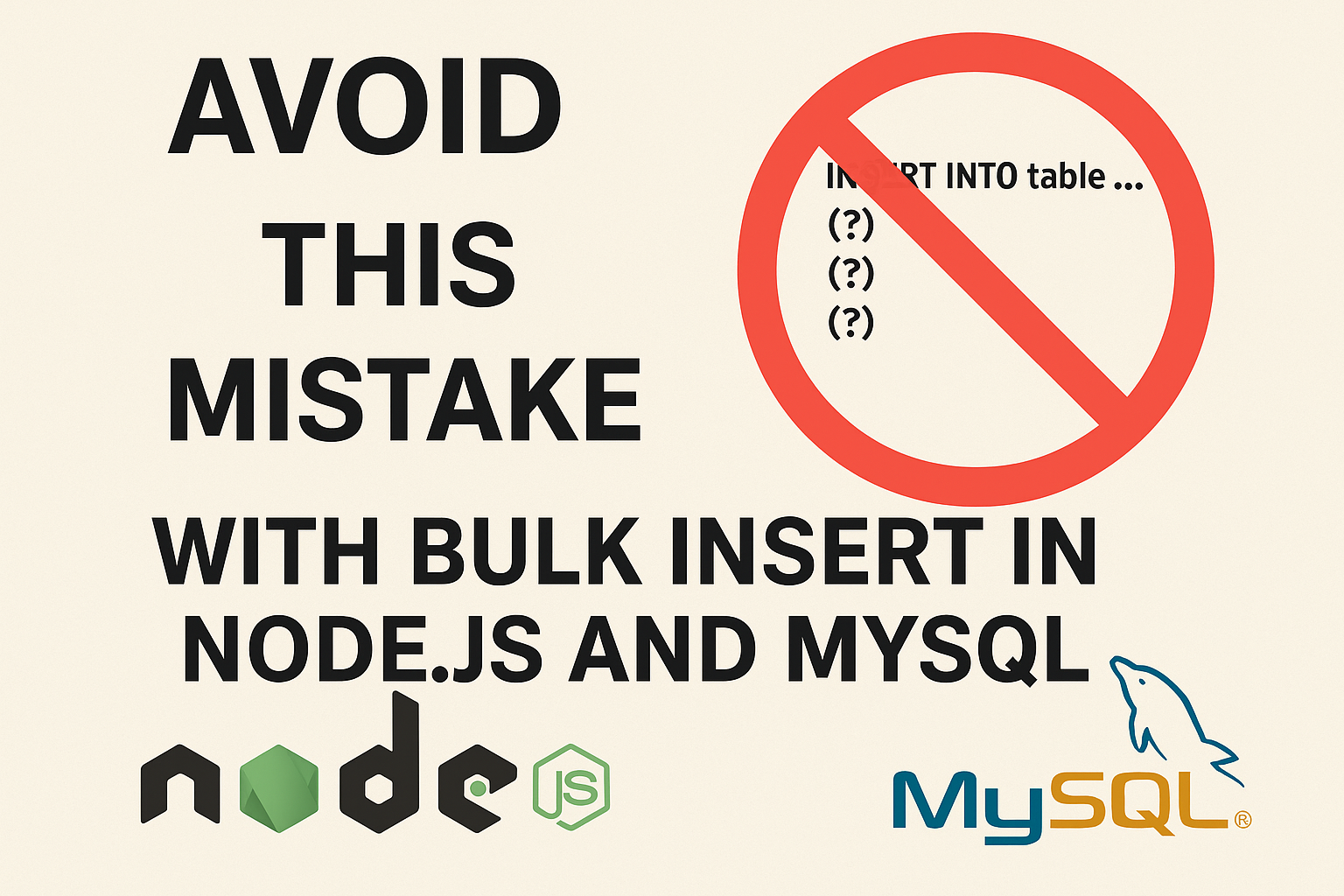10 Advanced Next.js Interview Questions for Senior Software Engineers: Master SSR, SSG, Microservices & More
1. How does Next.js handle Server-Side Rendering (SSR) and Static Site Generation (SSG)?
Question:
Explain the differences between SSR and SSG in Next.js. How would you decide which one to use for a given feature?
Answer:
• Server-Side Rendering (SSR):
Next.js renders the HTML for a page on each request using getServerSideProps. It’s ideal for pages requiring dynamic data that changes frequently, such as user dashboards.
• Static Site Generation (SSG):
Next.js pre-renders HTML at build time using getStaticProps. Use it for pages with content that doesn’t change often, like blogs or product catalogs.
Decision Factors:
• Use SSR: When the content is dynamic and user-specific. Example: Admin dashboards or real-time data views.
• Use SSG: When the content is static and performance is a priority. Example: Marketing pages or blogs.
• Combine SSR and SSG for a hybrid approach, where static pages load faster while specific pages are dynamically rendered.
2. What are API Routes in Next.js, and how do they differ from traditional backend APIs?
Question:
Describe the purpose of API routes in Next.js. Can they replace a dedicated backend?
Answer:
API routes in Next.js allow you to create backend endpoints directly within the Next.js application, simplifying the stack. These routes are defined in the /pages/api directory and are serverless functions running on-demand.
Key Differences from Traditional APIs:
• Built-in: No need for a separate backend framework (e.g., Express.js).
• Serverless: Deployed as serverless functions, ensuring scalability.
• Restricted: Limited to lightweight operations; for complex use cases, a dedicated backend (e.g., NestJS or FastAPI) is preferred.
Example of an API route:
// pages/api/hello.ts
export default function handler(req, res) {
res.status(200).json({ message: 'Hello, Next.js!' });
}3. How does Incremental Static Regeneration (ISR) enhance SSG in Next.js?
Question:
What is ISR in Next.js? How does it solve the limitations of traditional SSG?
Answer:
ISR enables you to update static content without rebuilding the entire application. With ISR, pages generated via SSG are periodically revalidated based on a revalidate time.
Example of ISR:
export const getStaticProps = async () => {
const data = await fetchData();
return {
props: { data },
revalidate: 60, // Revalidate every 60 seconds
};
};Advantages:
• Keeps content fresh without the overhead of SSR.
• Scales better than SSR since static pages are served for most requests.
• Useful for scenarios like blogs or news articles.
4. Explain Middleware in Next.js 12+. What are its use cases?
Question:
What is Middleware in Next.js, and how is it implemented?
Answer:
Middleware in Next.js is code that runs between a request and response. It allows you to modify the request or response, redirect users, or add custom logic.
Example Use Cases:
• Authentication: Redirect unauthorized users.
• Logging: Track API usage or request details.
• Locale Handling: Dynamically set locales for users.
Implementation Example:
// middleware.ts
import { NextResponse } from 'next/server';
export function middleware(req) {
const token = req.cookies.authToken;
if (!token) {
return NextResponse.redirect('/login');
}
return NextResponse.next();
}
5. How do you optimize Next.js performance for large-scale applications?
Question:
What strategies would you use to enhance the performance of a Next.js application?
Answer:
- Image Optimization: Use the next/image component for lazy loading and responsive images.
- Static Optimization: Pre-render pages wherever possible using SSG or ISR.
- Code Splitting: Leverage dynamic imports to load components on demand.
- CDN Caching: Serve assets via a CDN to reduce latency.
- Middleware: Use edge middleware for faster request handling.
- Bundle Analysis: Use @next/bundle-analyzer to reduce bundle sizes.
6. How does Next.js handle WebSocket integration in a serverless environment?
Question:
Can Next.js support WebSocket connections? What challenges arise in a serverless deployment?
Answer:
While Next.js doesn’t natively support WebSocket connections in serverless environments, you can integrate WebSocket servers using external services like Ably, Pusher, or AWS WebSocket APIs.
Challenges:
• Serverless environments terminate connections after execution.
• WebSocket servers require stateful, long-lived connections.
Solution: Use a separate WebSocket server (e.g., Node.js, Ably) and connect your Next.js client.
7. How do you manage internationalization (i18n) in Next.js?
Question:
What are the built-in features for internationalization in Next.js, and how would you implement it?
Answer:
Next.js supports i18n with the next.config.js file.
Example Configuration:
module.exports = {
i18n: {
locales: ['en', 'fr', 'es'],
defaultLocale: 'en',
},
};
Dynamic locale switching:
import { useRouter } from 'next/router';
const LocaleSwitcher = () => {
const router = useRouter();
const switchLocale = (locale) => {
router.push(router.pathname, router.asPath, { locale });
};
return <button onClick={() => switchLocale('fr')}>Switch to French</button>;
};8. What is the difference between getInitialProps and getServerSideProps?
Question:
How do getInitialProps and getServerSideProps differ, and when should each be used?
Answer:
• getInitialProps: Runs on both the client and server, used for legacy applications, but can result in performance issues.
• getServerSideProps: Runs only on the server side and is the recommended way to fetch server-side data.
Key Difference:
getServerSideProps improves performance by eliminating unnecessary client execution.
9. How do you integrate GraphQL with Next.js for efficient data fetching?
Question:
What are the best practices for integrating GraphQL with Next.js?
Answer:
1. Use Apollo Client for the frontend.
2. Implement API routes for server-side GraphQL resolvers.
3. Leverage SSG/ISR for caching static queries.
Example:
import { ApolloClient, InMemoryCache } from '@apollo/client';
const client = new ApolloClient({
uri: '/api/graphql',
cache: new InMemoryCache(),
});10. How does Next.js handle WebSocket integration in a serverless environment?
Question:
Can Next.js support WebSocket connections? What challenges arise in a serverless deployment?
Answer:
While Next.js doesn’t natively support WebSocket connections in serverless environments, you can integrate WebSocket servers using external services like Ably, Pusher, or AWS WebSocket APIs.
Challenges:
• Serverless environments terminate connections after execution.
• WebSocket servers require stateful, long-lived connections.
Solution: Use a separate WebSocket server (e.g., Node.js, Ably) and connect your Next.js client.





